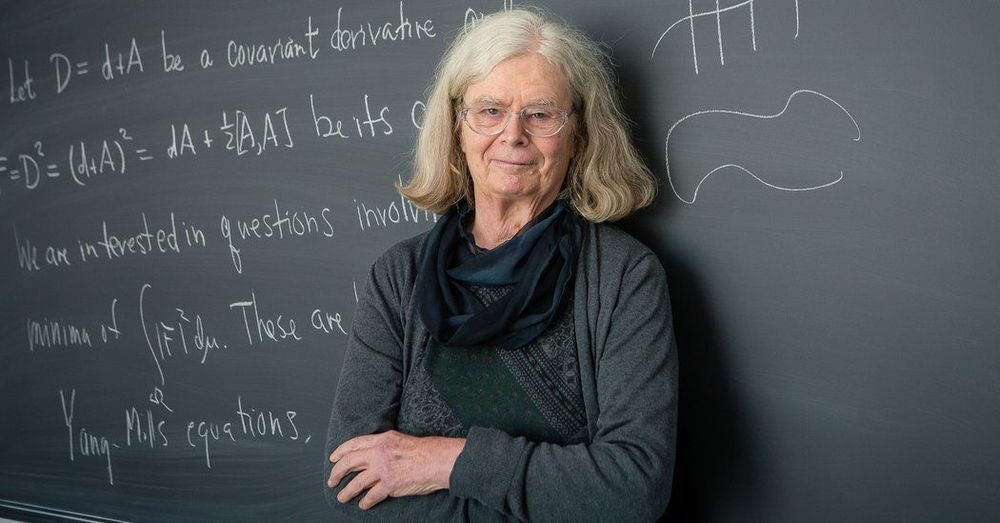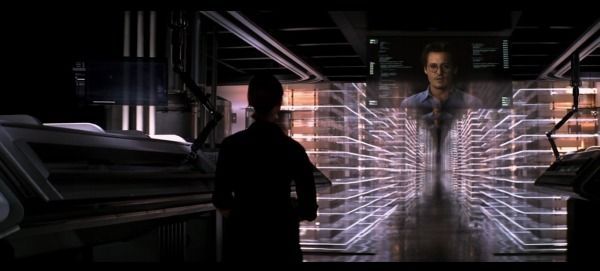“We have long known that oxidative stress and inflammation are involved in making arteries unhealthy over time, but we didn’t know why arteries begin to get inflamed and stressed. Something is triggering this,” Seals said. “We now suspect that, with age, the gut microbiota begins producing toxic molecules, including TMAO, which get into the blood stream, cause inflammation and oxidative stress and damage tissue.”
As our collection of resident gut bacteria changes with age, it increasingly produces harmful metabolites that damage veins and blood vessels, driving disease, a new study suggests.








